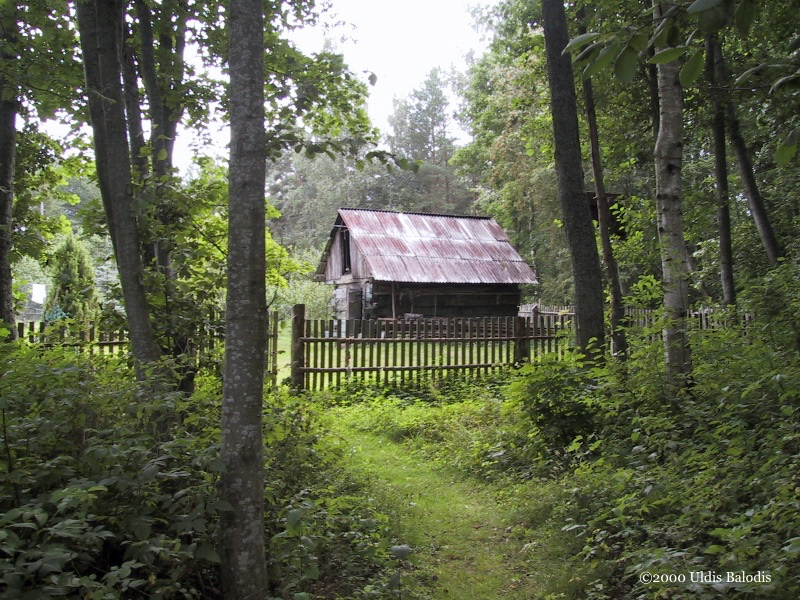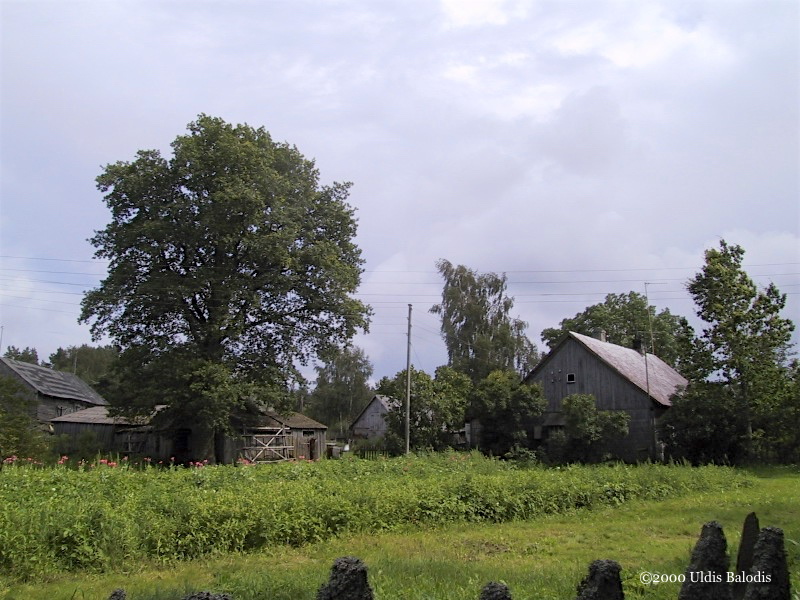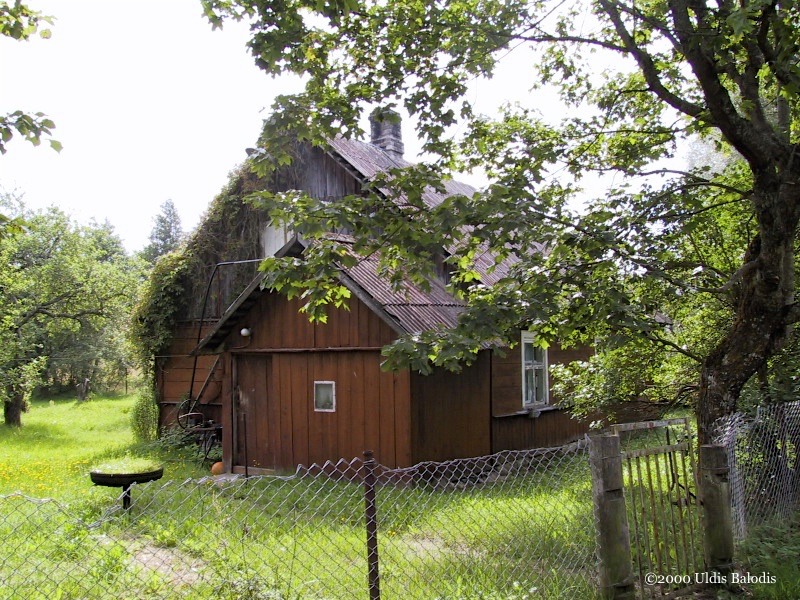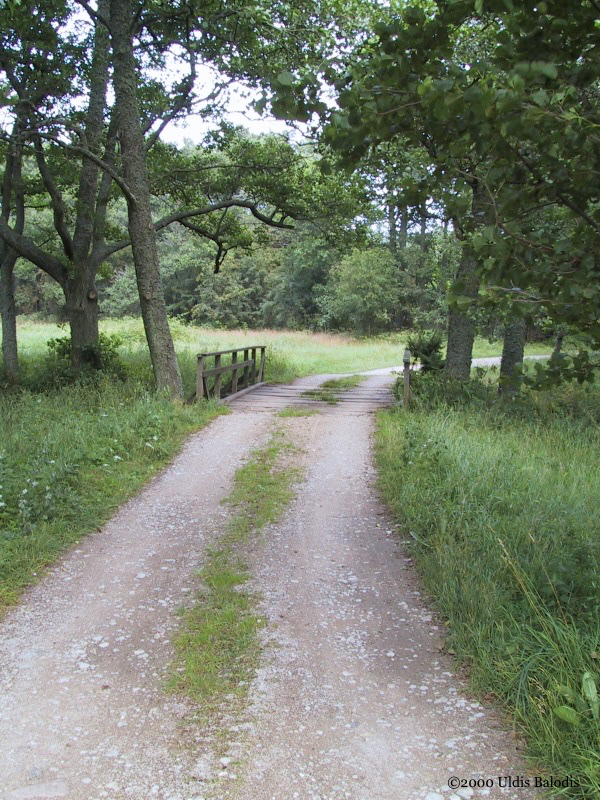Disappearing dunes
Click on the top left picture and scroll through the story by clicking right.
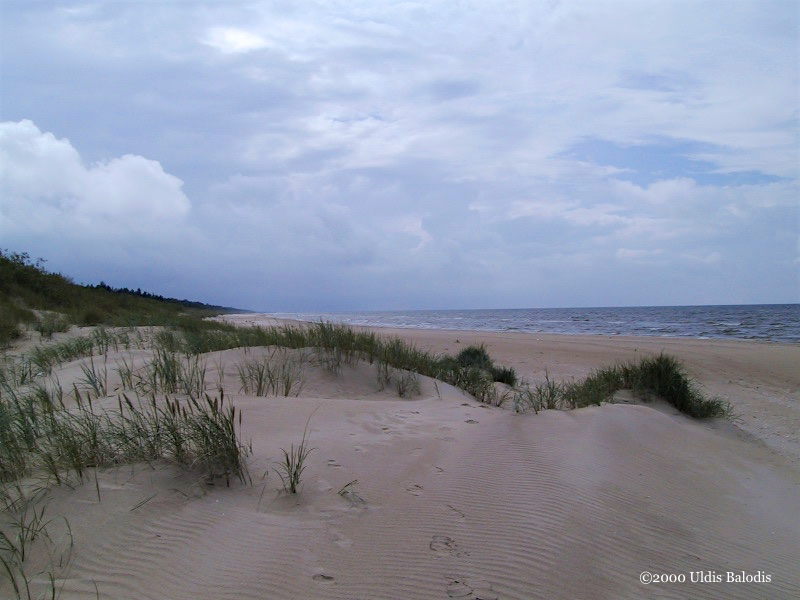
Kuoštrõg lies only a few kilometers up the coast from Ire, nestled in the forest by the sea. As in many of the coast towns, outsiders have purchased much of the land in and around the town. These dunes are much like those near the home of the Staltes, a Livonian family, who perform together as Skandinieki, a folk music ensemble well-known in Latvia, and live in the village for part of the year. When I visited them that summer, they told me of one of their new neighbors, who had disliked the dunes on his property. His solution had been to clear them away with a bulldozer. Though there are laws protecting the coastal ecosystem, the penalties for violating these laws are usually only fines, which the privileged can easily afford to pay. In some ways little Kuoštrõg is symbolic of the problems all of the coast towns are facing today. These pictures were taken walking with a friend from Irē to Vaid.
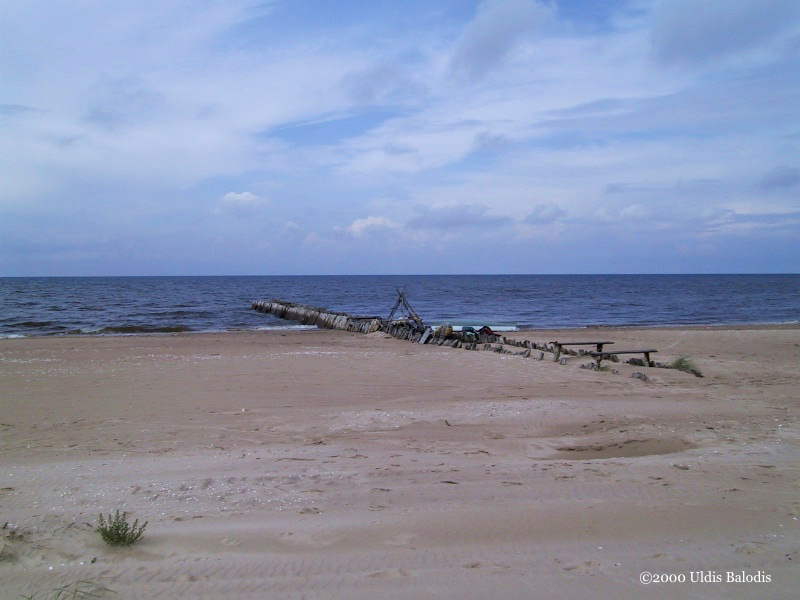
Kuoštrõg dock on an overcast day. As in many of the coast towns, a dock or a fishing boat is the only sign marking the location of the town and the path leading to it from the beach.
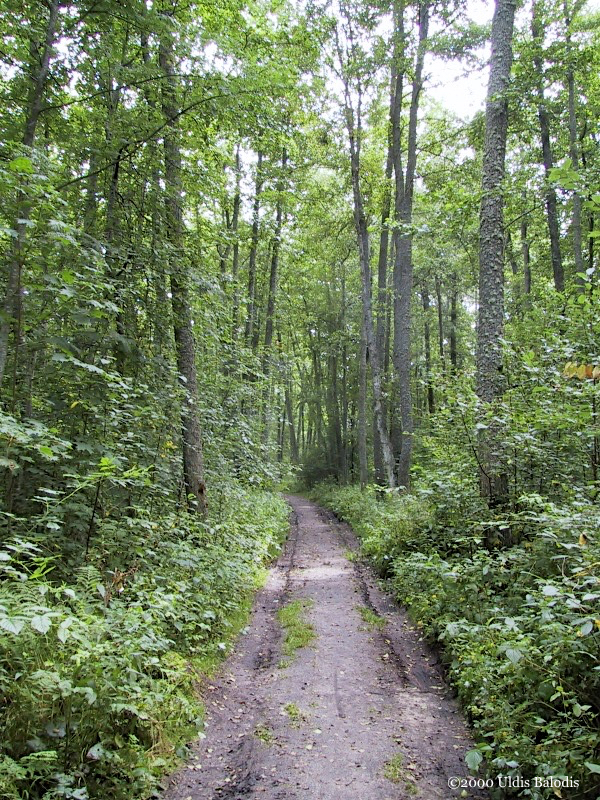
The forest path leading from the beach to the town. On a later hike I would find several large red currant bushes growing together here along the path. My friends told me that long ago a house had stood there, and the bushes had been in the adjoining yard. Though the house had long since decayed away, luckily for me, the berries were still there and I could eat all the red currants I wanted. These tart red little berries quickly became my favorites that summer. Kuoštrõg is not alone in the richness of its forests. The coast towns are set off from the rest of Latvia by a belt of forests and swamps filled with a wide array of edible plants and mushrooms.
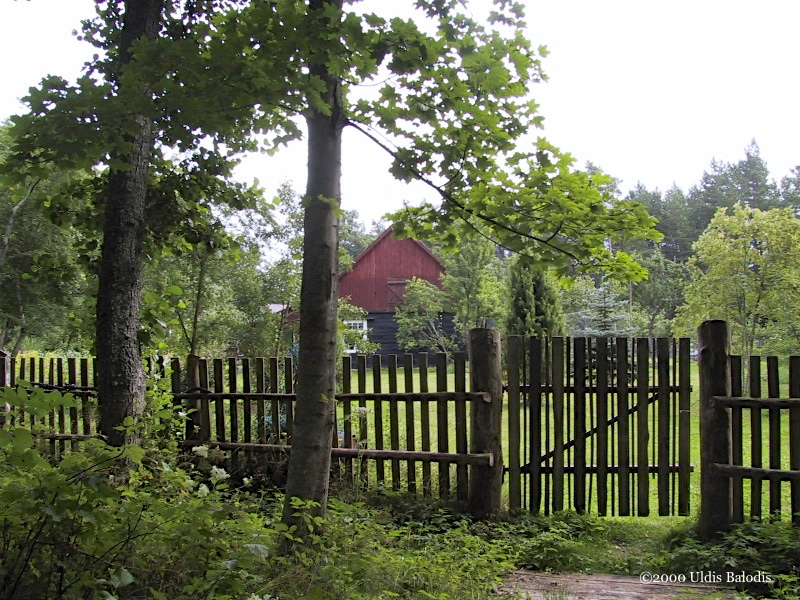
A home sits in the distance surrounded by a wooden fence. Oak trees in the foreground.
